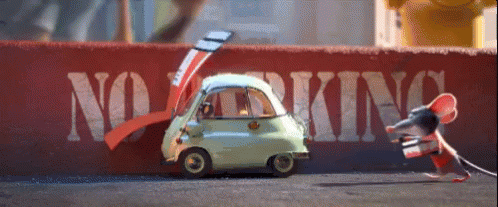No up or down in space
No Up or Down in Space
The concept of "up" and "down" is deeply ingrained in our everyday lives. On Earth, gravity provides a clear direction: down is towards the center of the planet, while up is the opposite. This orientation shapes our understanding of the world and influences how we navigate our environment. However, when we venture into space, this familiar framework begins to dissolve. In the vastness of the cosmos, the notions of up and down lose their meaning, presenting a fascinating challenge to our perception of reality.
In space, the absence of gravity creates a unique environment where traditional orientations become irrelevant. Astronauts aboard the International Space Station (ISS) experience microgravity, which allows them to float freely. In this state, they can rotate and move in any direction without the constraints of gravitational pull. This freedom can be disorienting for those accustomed to the fixed orientation of life on Earth. The experience of weightlessness transforms the way individuals interact with their surroundings, as they can push off surfaces and glide through the air, defying the expectations set by gravity.
The lack of a definitive up or down in space also has implications for navigation and communication. On Earth, we rely on landmarks and directional cues to guide us. In the vast expanse of space, however, these references are scarce. Astronauts must rely on instruments and technology to orient themselves. The stars, while beautiful, do not provide a consistent frame of reference. Instead, they serve as distant markers that can help with navigation but do not define a specific direction. This reliance on technology underscores the importance of adaptability and precision in space exploration.
Moreover, the absence of a clear up or down challenges our understanding of human behavior and psychology. In a microgravity environment, the body undergoes various changes. For instance, fluids in the body redistribute, leading to a puffy appearance in astronauts' faces. This physiological shift can affect mood and cognitive function, highlighting the intricate relationship between our physical environment and mental state. The experience of floating in a weightless environment can evoke feelings of exhilaration, but it can also lead to disorientation and discomfort. Understanding these effects is crucial for the well-being of astronauts during long-duration missions.
The philosophical implications of a space devoid of up and down are equally intriguing. It invites us to reconsider our place in the universe and the constructs we have built around our existence. The idea that orientation is a human construct challenges our perception of reality. If up and down are merely products of our planet's gravitational influence, what does that say about our understanding of space and time? This perspective encourages a broader exploration of how we define our experiences and the frameworks we use to interpret the world around us.
As humanity continues to explore the cosmos, the lessons learned from the absence of up and down in space will shape our future endeavors. The challenges of navigating a weightless environment, the physiological effects on the human body, and the philosophical questions raised by this experience all contribute to our understanding of what it means to be human in the universe. Embracing the complexities of space will not only enhance our exploration efforts but also deepen our appreciation for the intricate relationship between our planet and the vast, mysterious cosmos that surrounds us.
